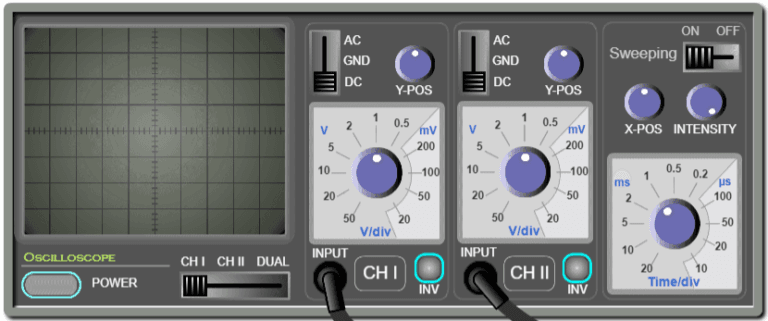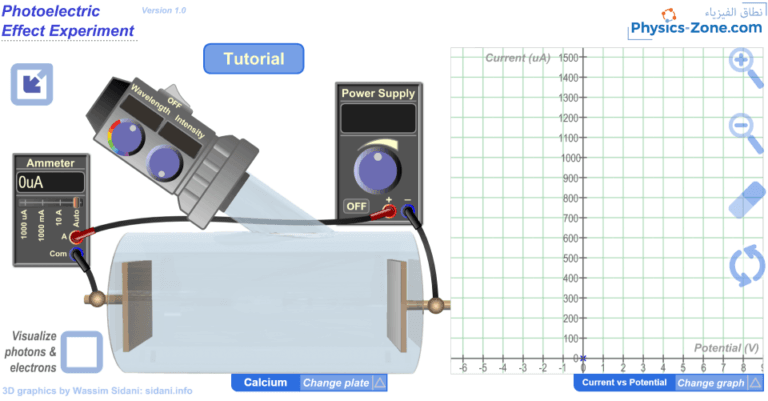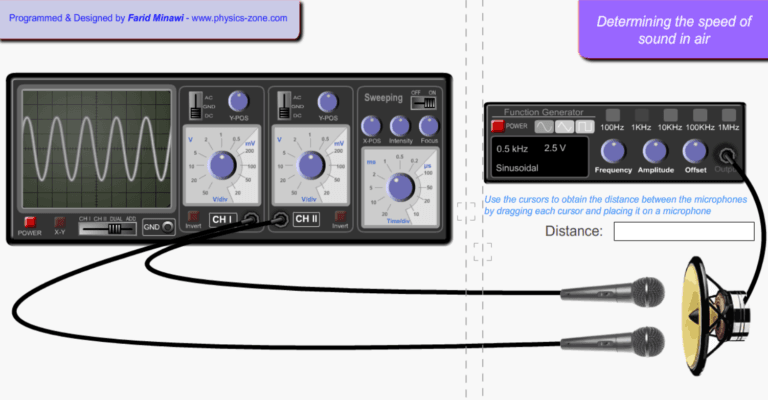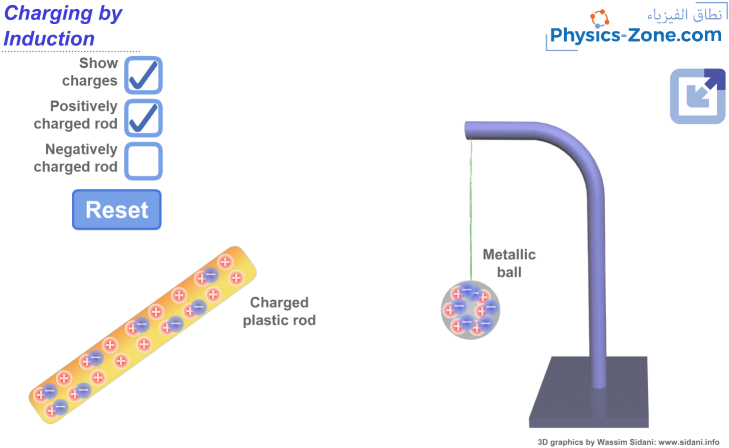Similar Posts

Free Fall Simulation
A new simulation, that simulates the free fall of an object (ball). This simulation gives the ability to measure the acceleration of gravity by taking successive shots of the falling object with recording the time of each shot and measuring the coordinate y for each shot. It also enables us to check the famous free fall equation:
y = (1/2) gt²

A New Publication Based on The Virtual Oscilloscope Simulation
The paper: Using a web-based and stand-alone oscilloscope for physics experiment during Covid-19 pandemic, Mahizah Ismail et al (2023), Phys. Educ. 58 015006, is based on the Virtual Oscilloscope simulation. This paper was authored by Mahizah Ismail, Farid Minawi, Wan Zul Adli Wan Mokhtar, Noraihan L Abdul Rashid and Ahmad K Ariffin.
The article DOI: https://iopscience.iop.org/article/10.1088/1361-6552/ac95eb

Photoelectric Effect Experiment Simulation
With this comprehensive and realistic-like photoelectric effect experiment simulation, you will be able to illustrate the following:
The variations of the photocurrent versus potential.
The variations of the photocurrent versus light intensity.
The variation of the kinetic energy of the ejected electrons versus the incident light frequency.
It comes with a graph where you can trace each type of variation as you vary the parameters of the experiment.
Plus, you can experiment and discover more with this simulation.

Simulation Manual: Elastic Collision in One Dimension
A complete manual for the elastic collision in one dimension simulation, with a mathematical explanation of the derivation of the expressions of the final velocities in terms of the masses and the initial velocities.

Old Simulations
These simulations were made using the Adobe Flash/AcrtionScript. You can download them and run then in Windows.

Charging by Induction Simulation
Using this simulation, you can experience the phenomenon of charging a metallic ball by induction in the first stage and charging the ball by contact in the second stage after the charged rod touches the ball. The displayed charges are for an illustrational purpose, and they are not seen in reality. You can disable the display of charges on the rod and on the ball.
In this simulation, you can try two situations, one in which the rod is positively charged and another in which the rod is negatively charged, and you will see that the two situations result in the same observation.

